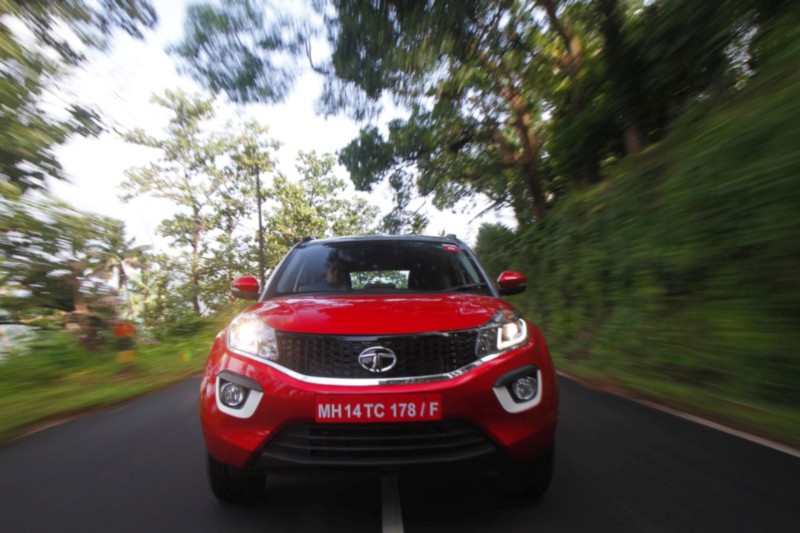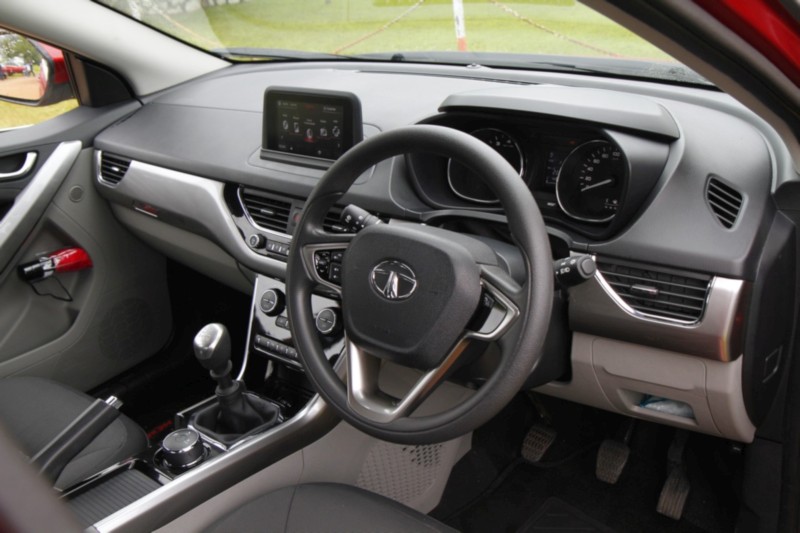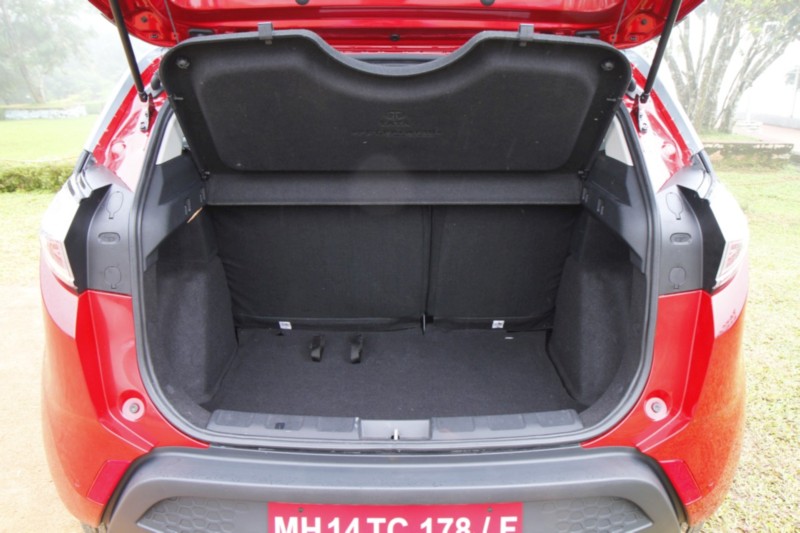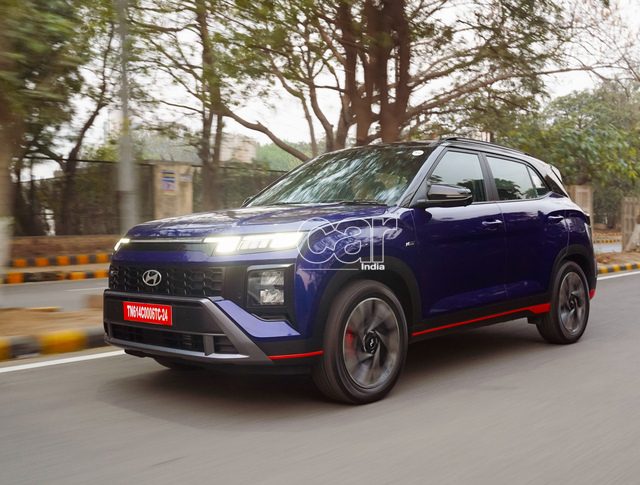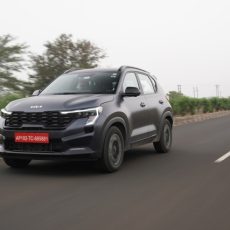Tata will soon introduce their first sub-four-metre compact SUV, the Nexon, and we’ve been driving it in the hills around Kochi. Here’s what it feels like.
Story: Jim Gorde
Photography: Sanjay Raikar
Conceived as a stylish compact SUV that would revolutionise the class, the Nexon does bring bold new styling to a segment that now has quite a few credible competitors, even spawning a segment below them. That also means the Nexon potentially has twice the set of competitors. Where does it stand?
Bold indeed is the new ‘Impact’ design – first seen on the Zest. The front-end is familiar, yet more pronounced, with a larger, scaled-up stance to give it a sturdier, more purposeful appearance. The projector headlamps with LED signatures looks smart, as do the chunky 16-inch alloy wheels with 215/60 rubber that fill up those flared wheel-arches well. The highlight of the new design literally marks itself out, with a painted white line rising from the front to the rear, splitting the side profile and two-tone paint scheme. The XZ+ trim level – at the very top – has all the goodies from what is an extensive spec-sheet. We suspect this paint scheme will only be seen on this top trim. The rear completes the ‘X-factor’ look with what is essentially a white-painted ‘X’ that binds both sides together. With those LED tail-lamp clusters, it does look quite distinct. In fact, there’s nothing on the road that looks quite like it. If you want unique, this one ticks all the boxes: hip, unique, cool, hot, and contemporary.
Inside is where the hype came to the test: quality material, trim choices, smart options, voice control, 6.5-inch touchscreen centre display with sat-nav, maps, Android Auto and Apple CarPlay (coming soon), and “31 utility spaces” are what the talk is all about. While the centre touch-display does deliver the parameters it was hired for, sadly, the rest is where everything falls apart. There are several instances of form absolutely dominating function. Quite a few counter-intuitive elements that aimed to make a style statement have made life far more difficult than it would have been had they just stuck with the regular.
There is an undeniably smart-looking sliding tambour door on the centre console as well as an arm-rest aft. Unfortunately, the slider starts below the tip of the arm-rest and opens from the rear to the front. I was informed that this was because of the positioning of the drive-mode selector. The door lock/unlock button is positioned in a line of buttons, sitting next to the fog-lamp buttons, bearing an icon that is unrecognisable the first time you look for it. This is a car that needs some getting used to.
Adding to that line of thought are the electrically-adjustable and foldable mirrors, which are welcome kit, but the adjuster is positioned on the blind-spot defining A-pillar; out of reach for even a six-footer like myself. The doors have an umbrella-holder – very Rolls-Royce like – but they’re quite small and fit only the specially-designed umbrellas. The stylish door-panels sweep upwards toward the front, making it harder to get the umbrellas out. The door pockets have a tapered front and wider rear where a bottle can fit. Again, it would have been better, not to mention more conventional, the other way around.
The ergonomics are a mix of good and bad. The tilt-adjustable steering wheel at its highest position is inclined at what seems like 40°. Adjust this to its lowest setting and it left me with no view of the information console. The seats seem comfortable and well supportive, but an hour-and-a-half later, I was left wondering what was wrong with the driving position. The driver’s seat is height adjustable, and the head-restraints, front and rear, are adjustable as well, thankfully. The gear-lever is spot-on though, located at the perfect reach and quite sporty to hold. The seats do offer enough support, but the front seat-back contours could be better.
The rear seats also offer enough space and support, however, foot room is quite limited. There is what appears to be a cup-holder below the outer side of the rear seats. While it’s only a couple of millimetres deep, it certainly won’t hold a cup on the move, and it’s taken up space that could have been used to free up more room. It’s lacking attention to detail: like a jigsaw puzzle with all the pieces, but they’re not on one level. Some smoothing out and tying up of loose ends would do wonders for the Nexon.
Storage space certainly isn’t lacking, though. The boot offers 350 litres with the seats up. The rear seats split-fold 60:40 for added flexibility. Fold them both down and the volume rises to 690 litres; “enough for a full-size washing machine”, according to their design guru.
Among the highlights of the Nexon are the new engines. A 1.2-litre three-cylinder turbo-petrol evolved DOHC 16-valve Revotron with 110 PS and 170 Nm, and a brand-new Revotorq 1.5-litre four-cylinder turbo-diesel with 110 PS and a hefty 260 Nm of torque. Both are paired to new six-speed manual gearboxes. The ratios are identical for both, except for the first gear and final drive ratios. The top three ratios are overdrive. Only the front wheels are driven. Before you ask, no, there’s no provision for four-wheel-drive. The Nexon is restricted to crossover territory.


